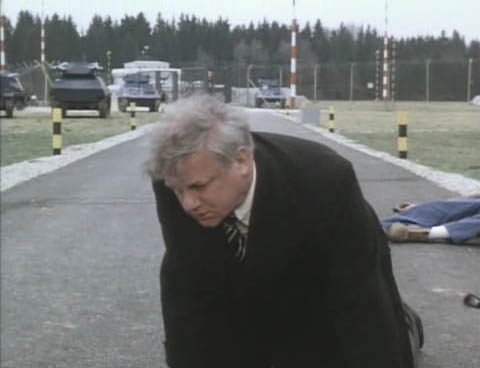I hate to be so down on the movies Katy picks, but I can’t help myself any more than she can pretend to enjoy watching “ace in the hole” or “pennies from heaven”.
This felt like an obvious and uninteresting adaptation of an alright story about the partitioning of India and creation of Pakistan as symbolized by a conveniently diverse group of friends in Lahore and as seen through the eyes of a young innocent.
The young innocent is rich-girl Lenny-baby (of a neutral parsee family) whose hindu caretaker Ayah (a cover girl from Fire) is one of the friends. Also in there are muslims Hassan The Masseur (guy from Bollywood/Hollywood) and Dil The Ice Candy Man (Lagaan), a sympathetic sikh whose name I can’t find right now, and Lenny’s cousin Adi who has an arranged marriage to a short old man.
I took it as a history/culture lesson, though I had to ask Katy lots of questions because this movie doesn’t spell out as much as Water did for the uninitiated. Had the feeling of a postcard yearning for old peaceful times, so I didn’t see the violent atrocities of the second half coming… turns into a giant bummer.
peaceful days:

friendly chat:

an ice-candy betrayal, baby:






















